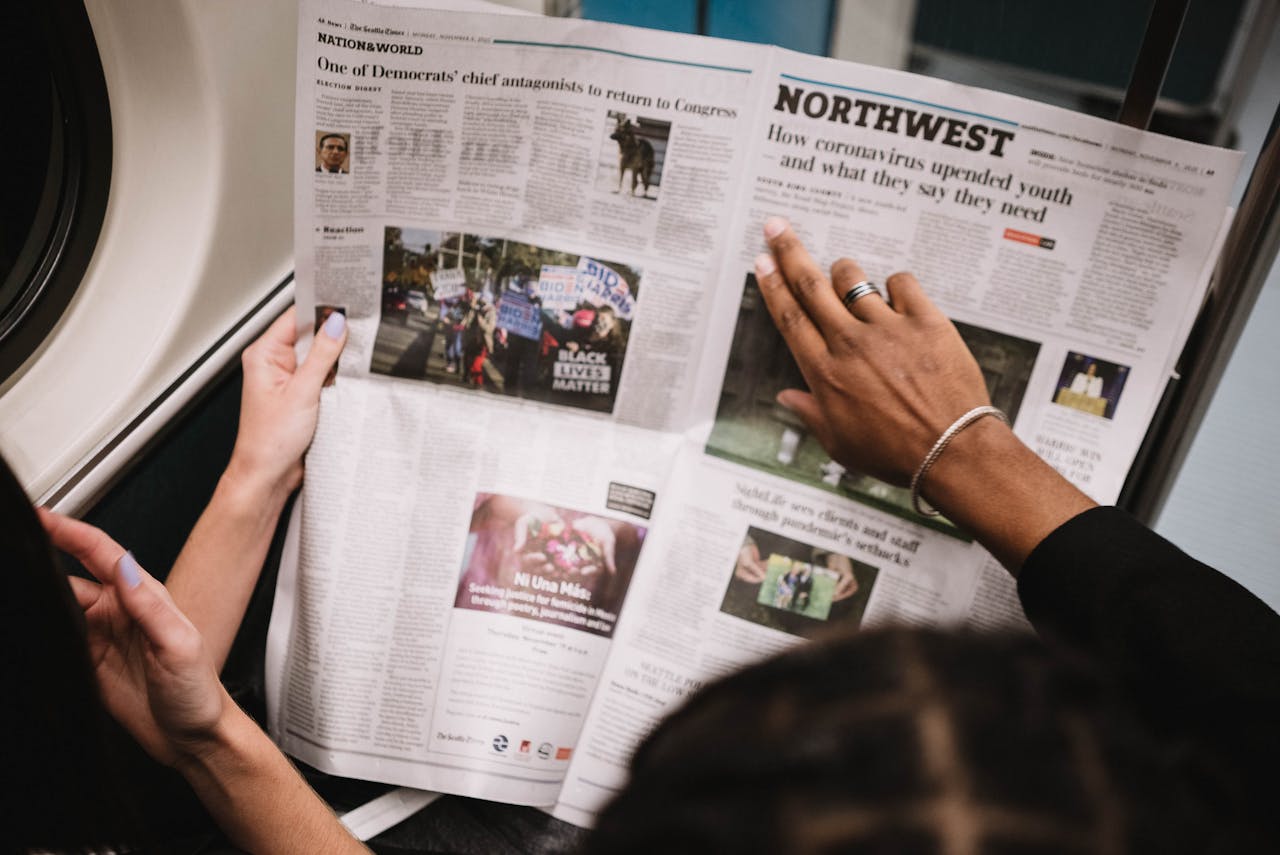In the digital age, print media often finds itself in the shade of its online counterparts. Newspapers and magazines, once the lifeblood of day-to-day societal awareness and leisure reading, have faced stiff competition from digital platforms. Yet, print media persists, finding unique ways to remain not just relevant but essential for certain messaging and marketing strategies.
The emergence of digital printers Aldershot heralds a new chapter in its evolution rather than its sunset. With cutting-edge technology and precise execution, these printers inject vitality into traditional mediums, ensuring that print remains a relevant and dynamic platform for messaging in the digital age.
In this blog post, we are going to dissect the staying power of print media and how, in some cases, it outshines digital channels. This is a crucial discussion for marketing professionals who are continually balancing the old with the new in their comprehensive brand strategies.
The Tangibility of Trust
There’s an inherent tangible aspect to print that digital mediums often struggle to replicate. The feeling of paper between your fingertips, the smell of ink, and the sound of turning a page all contribute to an immersive, sensory experience.
For brands, print offers an opportunity to establish trust in a way that digital simply doesn’t; when a piece of content is printed, it’s a solid demonstration of invested time and resources.
Marketing professionals understand the value of building trust with the consumer. Using a magazine insert or a well-crafted brochure elevates the perceived value of a message, product, or service. It suggests a certain permanency and importance that flitting digital ads and online articles can’t convey.
Case Studies in Tangible Trust
- IKEA Catalogues: For decades, IKEA has sent out print catalogues globally. Despite having a robust online presence, the catalogues provide an emotional, tactile connection for customers to browse offerings, often leading to more concrete sales than online browsing.
- Charity Mailers: Charities frequently send out newsletters and donation requests via post. The tangible nature of these mailers often results in a higher donation percentage than digital requests, due to the sense of obligation and tangibility of the request.
Targeting with Precision
Thanks to developments in digital technology, print media isn’t the scattergun approach to mass communication it once was. The print has gotten smarter, with a targeted distribution that rivals the precision of digital. For instance, geo-targeted magazines and direct mail campaigns can greatly enhance the relevancy and response rates of content.
Techniques for Precision in Print
- Variable Data Printing (VDP): Using VDP, print materials can be customised to include personalised messages, offers, or imagery, providing a direct appeal to the recipient.
- Audience Segmentation: Similar to online marketing, print campaigns now rely on audience data to segment and target specific groups, ensuring that the right message reaches the right person.
The Artisanal Appeal
A subtle but significant trend is emerging – the artisanal renaissance. Just as people crave hand-crafted goods in reaction to a digital-dominated world, there is a growing appetite for ‘slow content.’ Magazines with a distinct editorial voice and crafted aesthetic, and books that are more than just a collection of stories, are experiencing a renaissance.
The Allure of Artisanal Print
- Craft Beverage Publications: The craft beverage industry has seen a surge in specialist print media – each one a work of art representing the industry’s ethos and culture.
- Luxury Brand Publications: Many luxury brands use high-quality printed materials not just to advertise but also as collectibles. These are often seen as physical representations of their brand’s prestige.
Environmental Impact Considerations
The environmental impact of print media is often called into question, especially when compared to the low environmental footprint of digital media. However, the narrative is changing.
Sustainable printing practices, the rise of eco-friendly inks, and the use of responsibly sourced paper are becoming industry norms, lessening the ecological toll of print marketing.
Sustainable Alternatives in Print
- E-friendly Inks and Papers: Many print companies have shifted towards using soy or vegetable-based inks and recycled or FSC-certified papers, reducing the carbon footprint of printed materials.
- Offsetting Practices: Some printing services now offer the option to offset the carbon emissions of a print run, making the process more sustainable overall.
Print and Digital Synergy
Although the debate often pits print against digital, the smart approach for modern marketers is to recognize the synergies between these mediums. Print can drive traffic to digital content, while digital can provide interactive experiences that print cannot.
Integration Strategies for Print and Digital
- QR Codes and AR: By integrating QR codes or augmented reality (AR) into print materials, marketers can bridge the gap between the physical and digital worlds, providing enhanced content experiences.
- Cross-Promotional Campaigns: Brands are successfully integrating cross-promotional campaigns that leverage both print and digital channels, ensuring that messaging is consistent and effective across the board.
The Bottom Line
While print media has undoubtedly experienced a shift in its role within the marketing landscape, it’s far from the end of the line. Across industries, brands continue to innovate within the realm of printed publications and direct mail, harnessing their unique qualities to achieve specific marketing goals.
The conclusion for marketing professionals is a nuanced one. Yes, print is evolving, and yes, digital reigns supreme in many areas. But the strategic use of print media, when balanced with digital campaigns, can be a powerful tool in the marketing arsenal. In some cases, the permanence, sensory experience, and carefully targeted distribution of print media make it an indispensable component of a comprehensive marketing strategy.
This analysis serves as a robust affirmation that instead of it being an ‘either/or’ scenario, the future of media and advertising is one where print and digital work together to create integrated, effective, and memorable campaigns. For those ready to adapt and integrate, print media will remain a valuable and vibrant platform for years to come.
